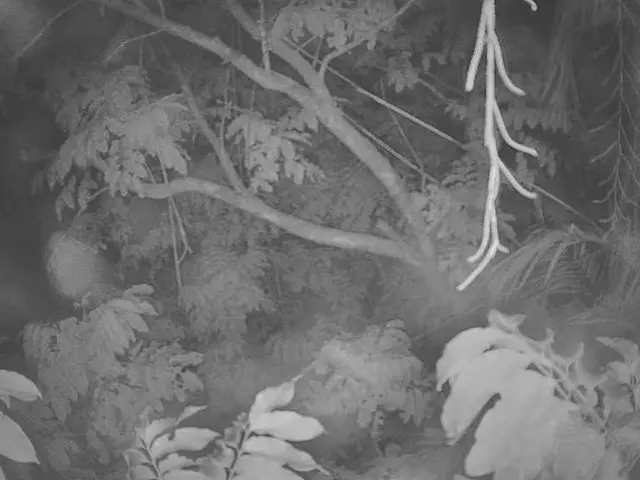Resolving a Waterlogged Compost Heap
================================================================
By Greg Seaman, March 22, 2020
Spring is just around the corner, and it's time to prepare your garden for the growing season. One essential step in this process is restoring your over-wintered compost to rejuvenate its nutrient content and improve soil structure.
To revitalize your over-wintered compost, begin by loosening and aerating the pile. This reintroduces oxygen, which activates microbial activity. Remove any large, undecomposed materials and break up hardened clumps. If compost appears dry, moisten it to the consistency of a wrung-out sponge. Turning the compost pile a couple of times helps speed up rejuvenation by improving airflow and redistributing moisture.
For best results, apply the compost in early spring when soil temperatures are between 50 and 75°F (about 10–24°C), supporting active plant growth and nutrient uptake. Spread a 2–3 cm layer of well-aged compost over aerated or tilled soil, and lightly mix it into the top 5–10 cm to improve soil structure and nutrient content without disturbing established roots.
Additional Tips for Revitalizing Overwintered Compost:
- Add a fresh layer of mixed 'greens' (nitrogen-rich materials like vegetable scraps, grass clippings) and 'browns' (carbon-rich materials like dry leaves, shredded paper) to balance nutrients and stimulate microbial activity.
- Keep the compost moist but not soggy during this restoration phase.
- Avoid applying compost just before heavy rains or hot midday sun to prevent nutrient loss.
Tools for Compost Restoration and Garden Use:
- Compost aerator tools, such as manual compost turners or aerator wands, help penetrate and mix compacted compost effectively.
- A pitchfork or garden fork is useful for breaking up clumps and turning compost piles.
- A compost thermometer is essential for monitoring temperature and microbial activity during the restoration process.
- A moisture meter or simple watering can is useful for maintaining appropriate moisture levels.
- A garden shredder or chipper can be beneficial for chopping materials to smaller sizes, accelerating decomposition.
By following these steps and using the recommended tools, you'll enrich your spring garden soil with vital nutrients and organic matter, fostering robust plant growth.
Some popular compost bins for your garden include the Aeroplus 3-Stage Compost Bin - 21 Cubic Feet, the Jora JK270 Composter - 9.5 Cubic Feet, the Aerobin 200 Insulated Composter - 7 Cubic Foot (55 Gallon) Compost Bin, and the Worm Factory 360 Composter. For those interested in using worms for composting, European Nightcrawlers are a popular choice.
Additionally, the EZ Compost Wizard Jr. 7 Cubic Foot Compost Tumbler, the Ceramic Compost Keeper, and the Hungry Bin - Continuous Flow Worm Composter are other options to consider. The Green Cone Solar Waste Digester and Coconut Coir are also worth mentioning for those looking for alternative composting solutions.
By taking the time to restore your over-wintered compost, you'll be well on your way to a bountiful spring garden. Happy composting!
- Embrace a sustainable living lifestyle by regularly optimizing your home-and-garden routines, such as restoring your over-wintered compost for a healthier garden and planet.
- Incorporate the use of composters like the Aeroplus 3-Stage Compost Bin or the Jora JK270 Composter into your home-and-garden lifestyle to promote a sustainable and flourishing home-and-garden lifestyle.







